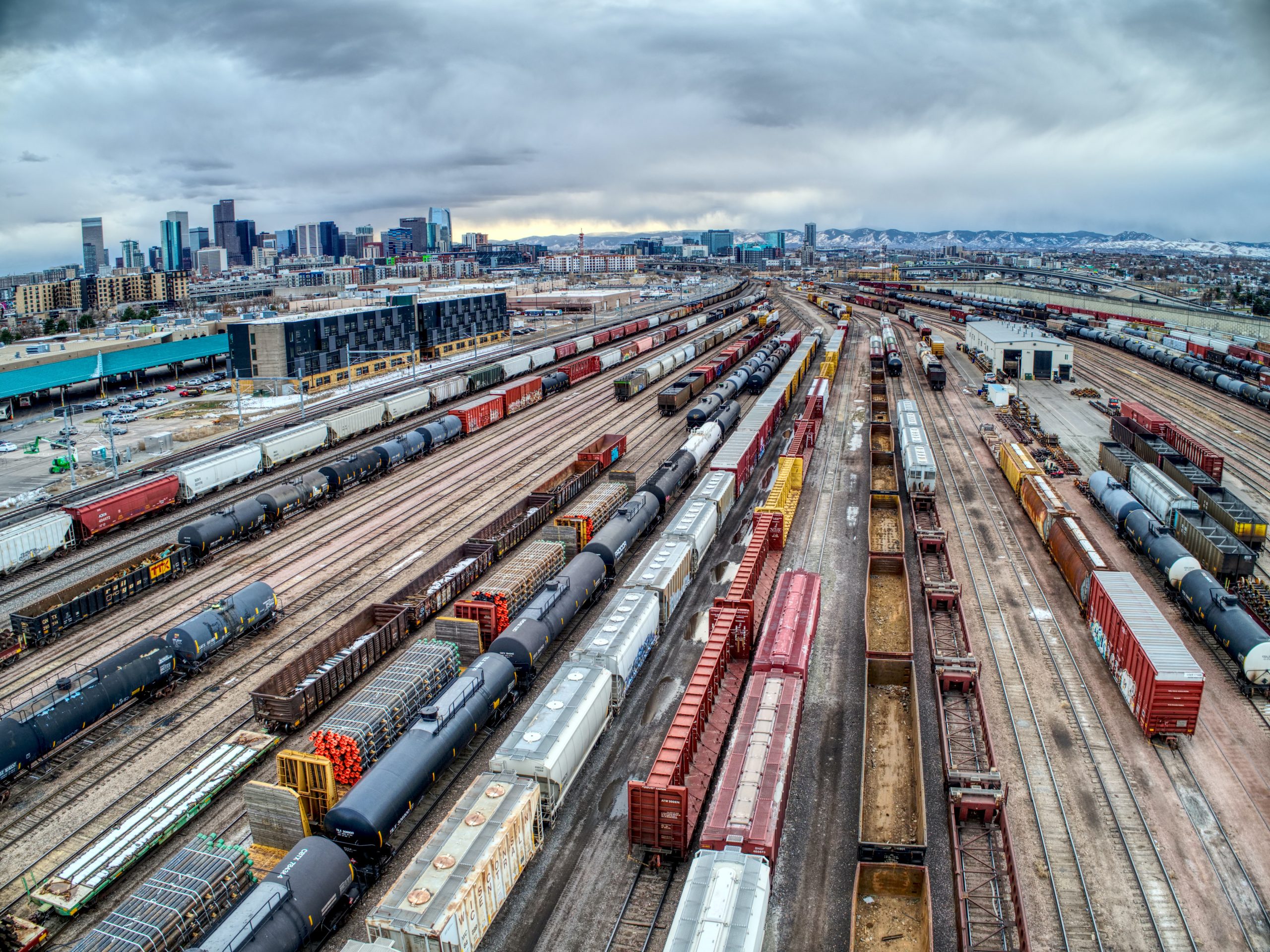All aboard the information train, because today we’re discussing a topic that affects us all: railroad pollution and its impact on our health. While trains may conjure up images of romantic travel or childhood excitement, they also emit harmful pollutants into the air and water around them. The consequences of this pollution can have serious effects on our well-being, yet many people are unaware of the extent to which it impacts their daily lives. Read on to learn about the connection between railroad pollution and your health – it’s time to get informed and take action!
What is Railroad Pollution?
Railroad pollution is a major environmental concern due to the harmful effects it has on both the environment and humans. In terms of human health, railroad pollution can cause asthma attacks and other respiratory issues, as well as heart disease. The main sources of railroad pollution are locomotives and diesel engines.
Locomotives produce large amounts of smoke and hot gas fumes that contain chemicals such as sulfur dioxide, carbon monoxide, and nitrogen oxides. These gases are discharged into the air when locomotives accelerate or brake. Diesel engines produce even more pollutants than locomotives, including particulate matter (PM) and mercury. PM is made up of tiny pieces of dust, dirt, and other materials that can be toxic when inhaled. Mercury can damage the brain and nervous system in children who are exposed to it in high doses.
Railroad pollution is a major environmental concern due to the harmful effects it has on both the environment and humans. In terms of human health, railroad pollution can cause asthma attacks and other respiratory issues, as well as heart disease.
How does Railroad Pollution Affect Your Health?
In the United States alone, more than 100 billion pounds of cargo are moved by rail annually. And while this transportation mode has undeniably saved lives and time in the past, it’s also been linked to a slew of environmental problems, including railroad pollution.
Railroad pollution can come from a variety of sources, including engines, cars, and tracks. It can consist of anything from particles that are tiny enough to be breathed in (soot) to hazardous chemicals like arsenic and lead.
The health effects of railroad pollution depend on a number of factors, including the type and amount of pollutants involved, how frequently they’re released, and where they’re released. However, research has shown that exposure to even low levels of railroad pollution can increase your risk for respiratory problems, heart disease, cancer, and other illnesses.
So why is railroad pollution such a problem? Simply put: because it’s harmful to our health both physically and environmentally, it needs to be reduced as much as possible. And fortunately – with continued public awareness – this goal is starting to become more attainable every day.
How to Reduce Your Exposure to Railroad Pollution
Railroad pollution can be a major health concern. In fact, it has been classified as a human carcinogen by the World Health Organization (WHO). The chemicals that are released when a railroad runs through a city or town can be harmful to both people and the environment.
While there is no way to completely avoid exposure to railroad pollution, there are ways to reduce your risk. First, exercise caution when near tracks and railroads. If you must cross a track, do so at an intersection or other safe place where trains cannot pass. If possible, avoid traveling during rush hour, when traffic is heaviest near railroads.
Also keep in mind the types of transportation that are least likely to release pollutants: walking, biking, skating, rollerblading and using public transport such as buses or subways. Finally, be sure to tell your doctor if you have any concerns about your health or environment related to railroad pollution.
Conclusion
If you live near a railroad track, there is a good chance that your health is at risk. Though the use of trains has decreased over the years, the emission of pollutants from the engines and cars still poses a serious threat to public health. The government has recognized this problem and set standards for how much pollution each type of train can release. However, these regulations are not always followed to the letter. If you are concerned about your health and whether exposure to railroad pollution is harming it, talk to your doctor about what you can do to protect yourself.










